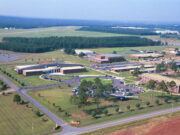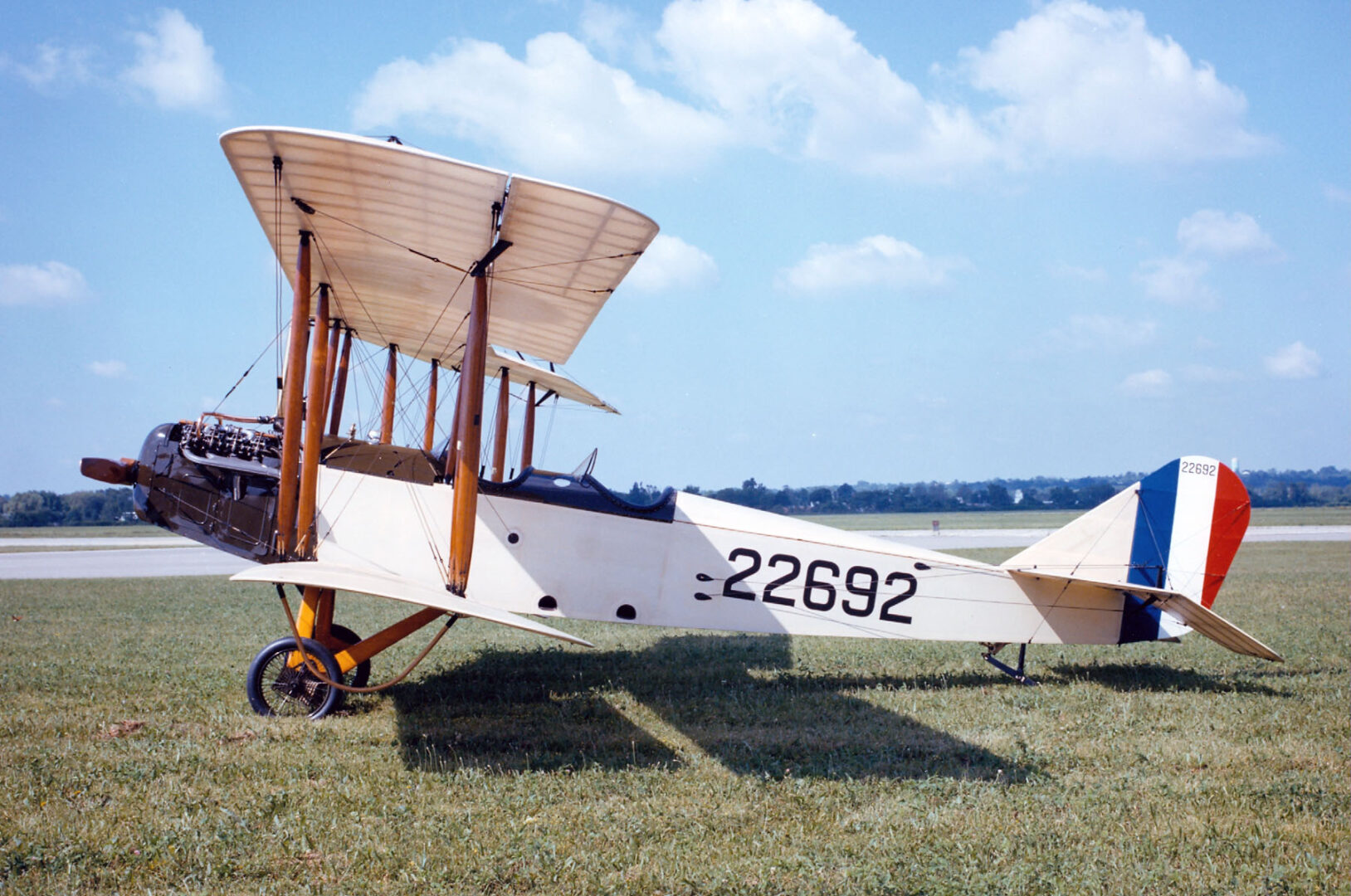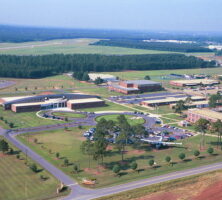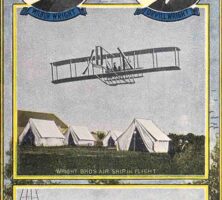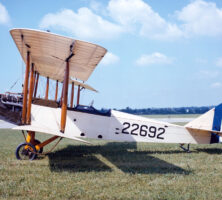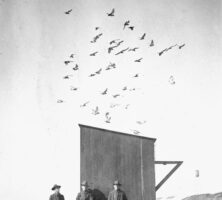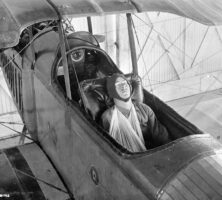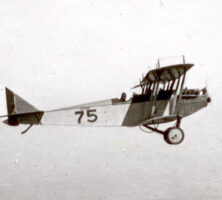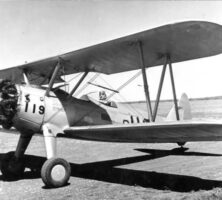Souther Field is the oldest continuously operating civilian airport in the United States that has participated, through flying operations, in both World War I (1917-18) and World War II (1941-45). In a ceremony at the airfield in October 2009, the airport’s name was changed to the Jimmy Carter Regional Airport.
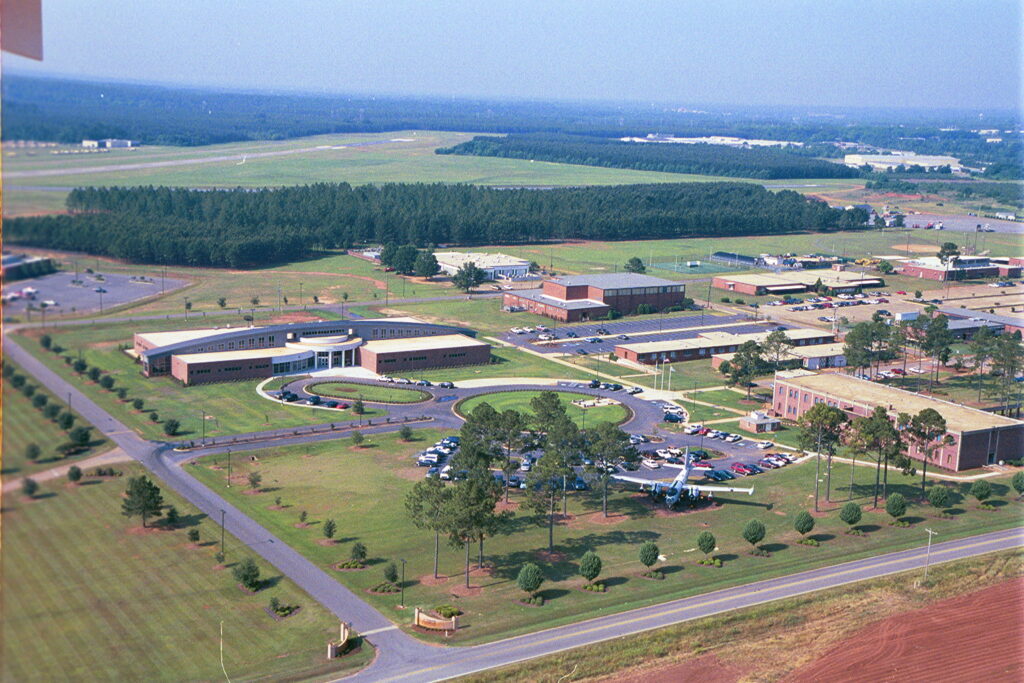
Courtesy of Jerry Stovall, South Georgia Technical College
Building on the rapid development of aviation during World War I, the U.S. Army in 1918 constructed Souther Field, just northeast of Americus, as a primary flight-training facility. After the end of the conflict, the U.S. War Department deactivated the field and sold its surplus airplanes to the public. Because of its geographic and climatic advantages, Souther Field was reactivated during World War II to train aviation cadets of the U.S. Army Air Force and the British Royal Air Force (RAF). Today Souther Field is a public-use airport owned by the city of Americus. Its longest paved runway is 6,021 feet.
World War I
Military aviation grew rapidly during World War I. At the beginning of the war in 1914, before the United States entered the conflict, British, French, and German flyers served as “aerial scouts,” tracking enemy troop movements and coordinating artillery in crude and undependable flying machines. The scout role (and aviation technology) quickly evolved to meet urgent battlefield needs. The result was the development of increasingly maneuverable, powerful, and lethal planes dedicated to aerial defense (attacking or defending scout planes), fighter pursuit, ground attack, and bombardment. Not until the United States declared war on Germany on April 6, 1917, did the army energetically pursue this new branch. With only a few dozen planes at the war’s beginning, by 1919 the army was in possession of 11,000 planes and 190,000 aviation personnel. Because war-time aviation demanded more rigorous training, the army inaugurated formal “ground schools” at colleges and universities, and developed a flight-regimen for primary, basic, and advanced training.
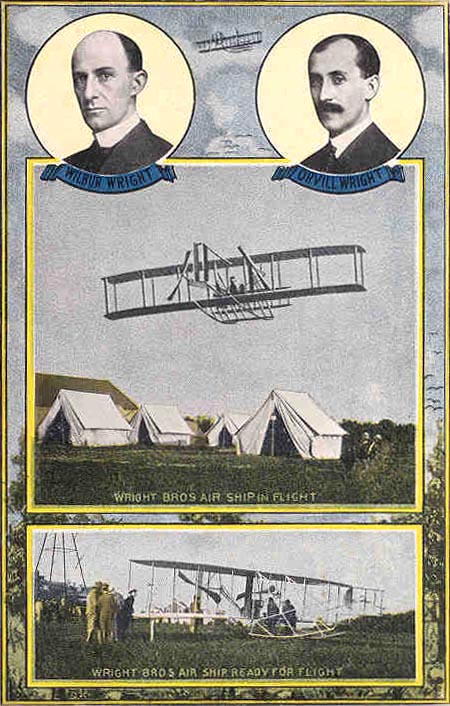
In 1917 Sumter County purchased a peach orchard and deeded the land to the U.S. government. In February of the following year workers under contract for the government cleared and graded the land, marked out an “all way” landing site, and erected wooden hangars, barracks, a warehouse, a hospital, a mess facility, and service buildings. The aerodrome was equipped with running water, electricity, telephones, and a post office.
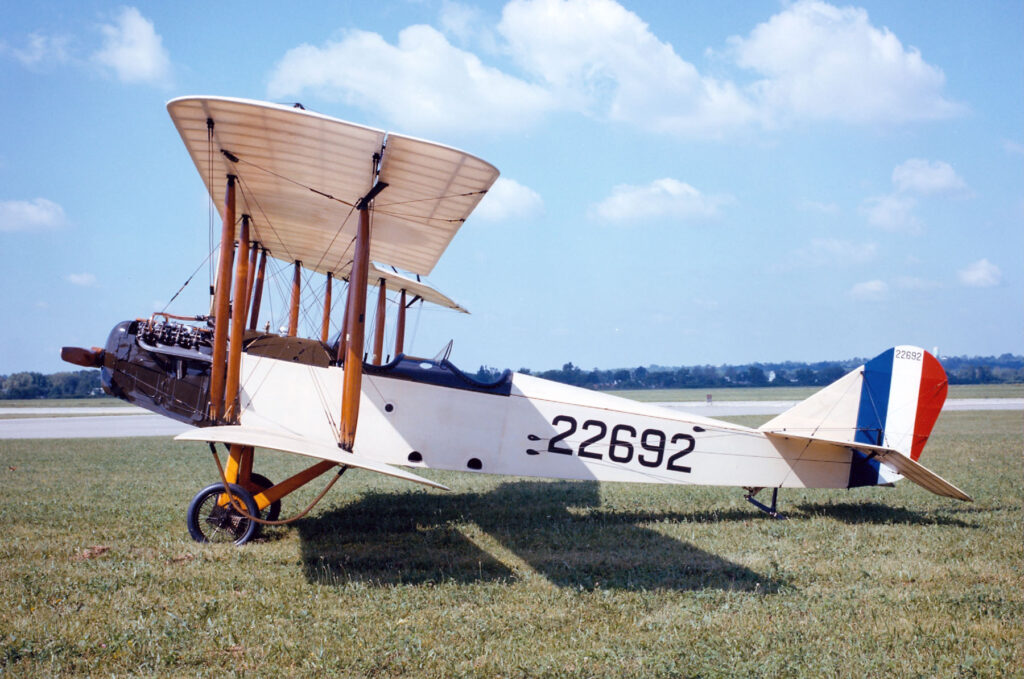
Image from U.S. Air Force
Named after Major Henry Souther, a pioneer in army aviation, Souther Field was ideally situated as a primary flight-training base: it sat on flat, well-drained terrain favored with a mild climate year-round. A rail line connected the field’s new warehouse to Americus.
In May 1918 Major Carlyle Wash completed the first takeoff and landing at Souther Field in a Standard biplane. That same month the army transferred four Aero Service Squadrons to Souther Field from Fort Sam Houston and Kelly Field in Texas; in November they were combined into the New Flying School Detachment. Also in May, Curtiss JN-4 planes (nicknamed “Jennies”) arrived in crates at the field’s railway depot, and mechanics assembled the planes in the hangars.
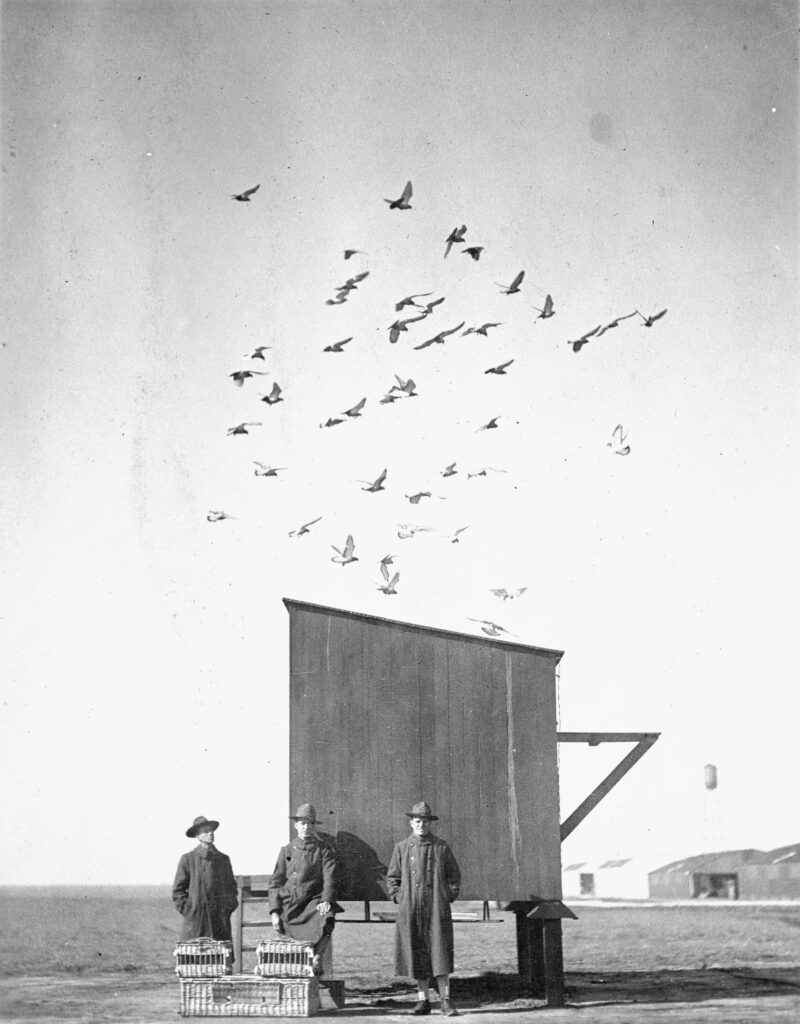
Courtesy of Georgia Archives.
Aviation cadets began arriving in groups of twenty-five to begin two months of flight instruction. In only a few months’ time Souther Field had become a bustling hub, accommodating 147 planes and about 1,500 service personnel. More than 500 aviation cadets earned their Reserve Military Aviator wings there.
Between the Wars
Following the end of World War I in November 1918, the army deactivated Souther Field, and the last of the base’s military personnel departed in April 1923. John Alden Wyche of Macon, owner of the S & W Airplane Company, purchased the surplus stock of crated JN-4’s, engines, and instruments and sold them at public auctions at the field. “Barnstormers,” many of them former World War I pilots, who earned a living performing stunts as part of an aerial circus, trekked from the Midwest and around the South to Americus to purchase the Jenny biplanes, which sold on average for about $1,000.
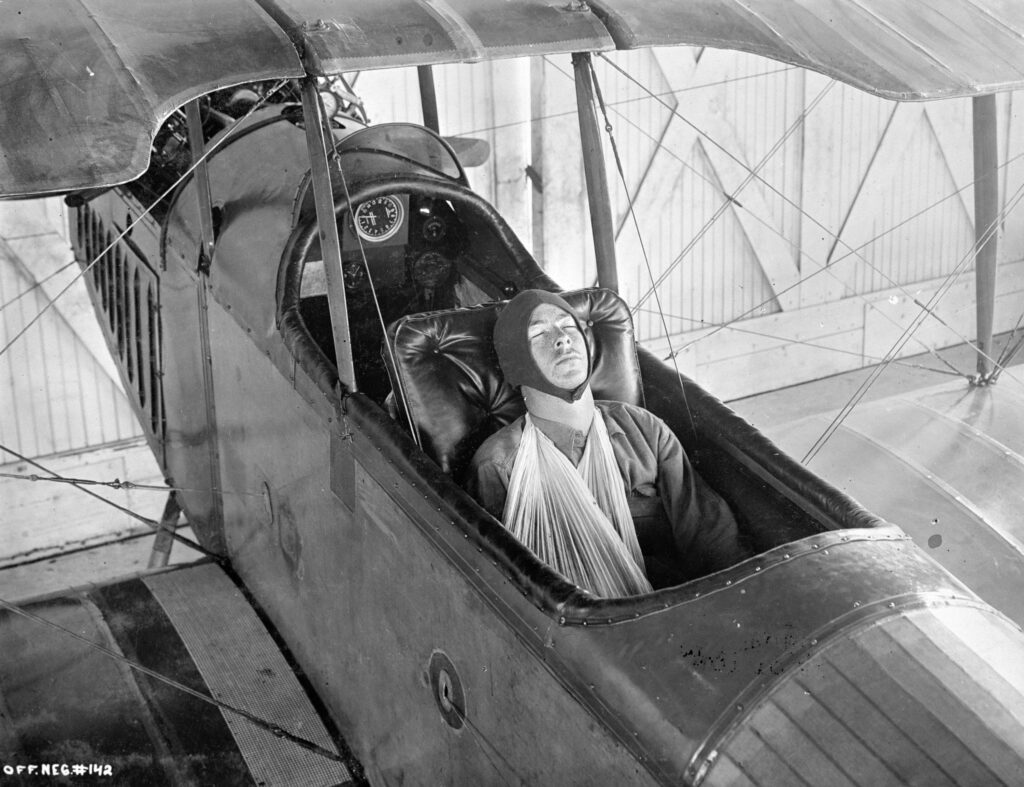
Courtesy of Georgia Archives.
In 1921 Waynesboro native Robert Scott, later a World War II fighter pilot who served in China, purchased a JN-4 Jenny. In April 1923 Charles Lindbergh arrived at Souther Field and purchased his first plane for $500, although he was not yet a pilot. (He had performed as a “wing walker” and parachutist in an aerial circus.) After his plane was assembled, he completed his first solo flight and developed his piloting skills, living at the field for about three weeks. On May 17 he departed for Texas on a barnstorming tour. Four years later, in 1927, he became the first person to make a nonstop transatlantic crossing in an airplane.
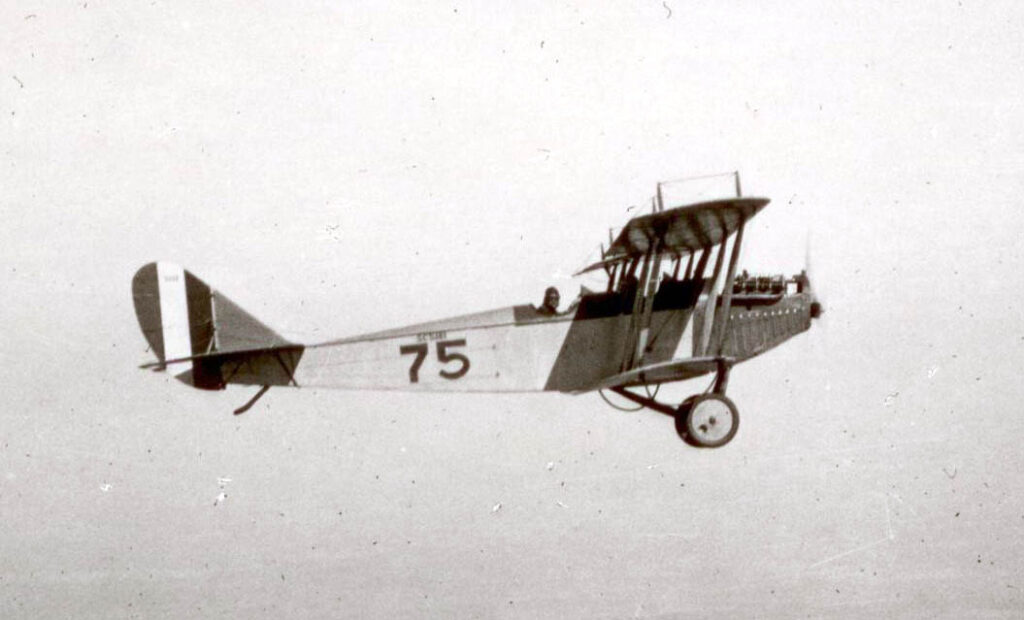
Image by George Johnson, Aviation Section, U.S. Army Signal Corps
In 1928 Sumter County purchased Souther Field and removed the buildings. The expansive grass field still offered a genial landing site, however. In 1929 film actor Gary Cooper’s entourage touched down there. In 1937 Ruby Wilson became the first female aviator to fly solo at Souther Field, as it was still called.
World War II
When World War II broke out in Europe in September 1939, Great Britain entered into an agreement with the U.S. Army to provide flight training for the RAF in the United States. The U.S. government contracted with Graham Aviation, a civilian company, to rebuild Souther Field as a primary training facility for U.S. Army Air Force and RAF cadets. The first class began in February 1941. Because of U.S. neutrality, the British wore civilian clothes until America entered the war in December. The last RAF cadet class completed its training in 1943. In 1944 Souther Field became a site for German prisoners of war, who worked on the farms in the area.
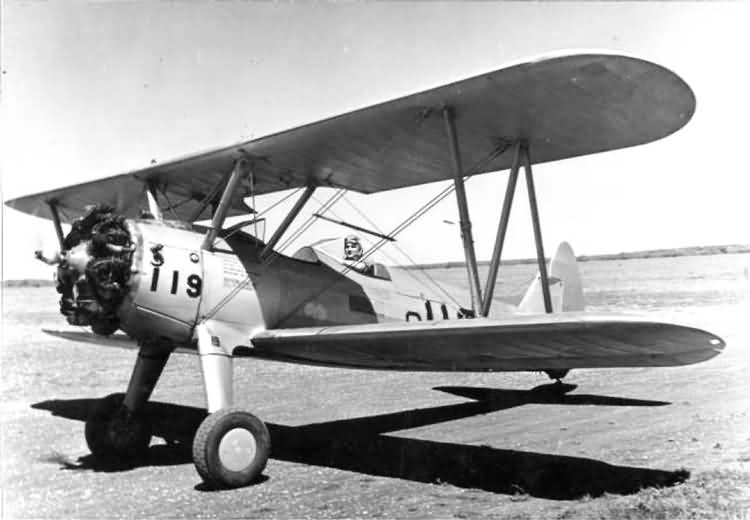
Courtesy of Scott Hedgland
Souther Field Today
The army deactivated Souther Field at the end of World War II and deeded the land to Americus. In 1948 a portion of Souther Field was chartered for the South Georgia Trade and Vocational School (later South Georgia Technical College). Two of the three World War II hangars built by Graham Aviation are still standing, one on the college’s campus. The warehouse that had served the field since 1918 is privately owned and stands at the western edge of the campus. Souther Field’s World War II–era concrete apron (in which are embedded iron tie-downs that secured the Stearman biplane trainers) today is used for campus parking. Opposite the college campus and separated by a stand of trees, today’s modernized Souther Field is a public-use airport.
In 1978 Griffin Bell, an Americus native, presented a memorial plaque to Souther Field Airport to commemorate Lindbergh’s solo flight. Americus celebrated “Lindbergh Days” in 1985 with a public festival and the installation of a state historical marker. In 1992 a seven-foot bronze statue of Lindbergh, made by University of Georgia art professor and sculptor William J. Thompson, was dedicated. The statue, commissioned by the Sumter County Historic Preservation Society, stands at Souther Field as part of the airport’s Lindbergh Monument. Lindbergh’s original Jenny biplane, purchased and built at Souther Field, is on display at the Cradle of Aviation Museumin Nassau County, New York.


